
Reinventing Iran Housing Policies, Perceptions

"I have been striving to focus efforts in the housing sector on the quality of life, rather than coming up with more measures that are out of touch with reality, and so I stress on the importance of reinventing and revitalizing distressed areas by concentrating mass building projects there," Abbas Akhoundi, a second-term minister, told the 17th Conference on Housing Development Policies held in Tehran on Tuesday.
Iran's housing sector retains its status as the only economic sector mired in a seemingly unyielding recession since the nuclear accord provided sanctions relief in Jan. 2016.
Akhoundi has reversed many of the draining measures undertaken by the former administration, namely the stratospheric overdrafts from the banking system and other resources to fund the Mehr Housing Project that saw the construction of more than two million dystopian-looking residential units (8% of all Iranian homes) in remote places, or “in the deserts”, as many, including the minister, are prone to say.
As he outlined in the conference, his current approach is informed rather than distraught by the fact that the dispersion of Iranian population has witnessed a complete reversal in the past three decades, such that 74% of the about 80 million Iranians live in urban areas now, many of them in less-than-dignified conditions.
“The main thing in the housing sector at present is to have a sound understanding of the fact that while there was a wide-scale migration of people from rural areas to metropolitan areas decades ago, which trend has now significantly slowed and is in its final legs,” the minister said, adding that this understanding should overhaul all policies and decision-making in the sector.
Akhoundi cited recent numbers as evidence, saying while the preceding decades entailed a massive jump in urban population, particularly for Tehran that saw its three million populace more than double (currently at 8.7 million), that increasing trend has died down.
In the three years since 2010, for instance, Tehran witnessed a population uptick of only 400,000 that is dwarfed by numbers seen before. But the almost unbelievably incorrect policies of the time led to soaring home prices.
According to Akhoundi, in the same period–when Tehran Mayor Mohammad Baqer Qalibaf, who recently ran unsuccessfully against President Hassan Rouhani in the elections, issued a total of 760,000 construction permits in the city which, together with Mehr Housing Project, drove prices off the charts.
In about six years during the tenure of the former administration, home prices jumped by more than 750% and the minister puts it down to the failure of the Mehr project, irresponsible city management and widespread corruption.
Hamed Mazaherian, the minister’s deputy for housing and buildings who had taken to the podium before him, said while home prices have had a 76-fold increase in the two decades starting 1993, the first four-year tenure of the administration saw only a 10.6% increase in prices.
“Rents had a 50% increase in the past four years, but had a sixfold increase in the aforementioned 20 years,” he added.
According to Mazaherian, land prices witnessed the biggest jump, having experienced a 107-fold increase from 1993 to 2013.
In addition to focusing on mass building activities in distressed urban areas and renovating more than 700 poor neighborhoods, Akhoundi wishes to make a cultural shift whereby people would once again be encouraged to work and interact with their neighbors to “rebuild their communities from within”.
The event was also a commemoration of the first Monday of October i.e. World Habitat Day mandated by the United Nations. For this purpose, a recorded message sent by Dr. Joan Clos, executive director of the UN Human Settlements Programme, was relayed at the event.
Noting that the analysis of finance affordability in the past 20 years has shown that a significant portion of housing, especially rented homes, is not affordable even as demand has increased.
Seeing as how 1.6 billion people live in poor conditions worldwide, Clos urged the gathering to pay attention to “the housing needs of the poorest and most vulnerable, especially women and children” by focusing on policies that also consider climate change, sustainability and energy use.


Uzbek gold miner said to eye $20 billion value in dual listing

Peabody–Anglo $3.8B coal deal on the brink after mine fire

A global market based on gold bars shudders on tariff threat
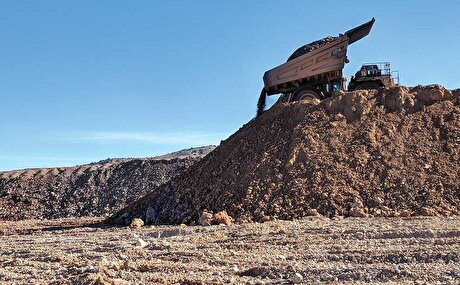
Minera Alamos buys Equinox’s Nevada assets for $115M
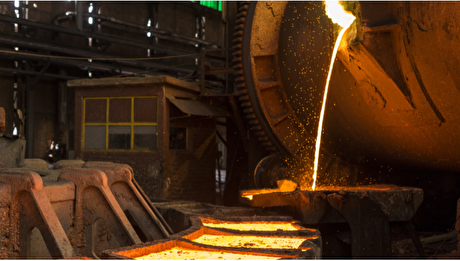
Adani’s new copper smelter in India applies to become LME-listed brand
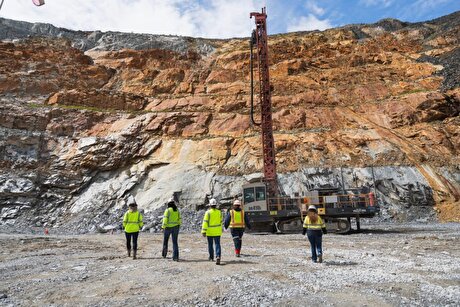
OceanaGold hits new high on strong Q2 results

Trump says gold imports won’t be tariffed in reprieve for market

Cochilco maintains copper price forecast for 2025 and 2026

De Beers strikes first kimberlite field in 30 years

BHP shares near priciest valuation since 2021 on shift to miners

African Rainbow boosts Surge Copper stake to 19.9%
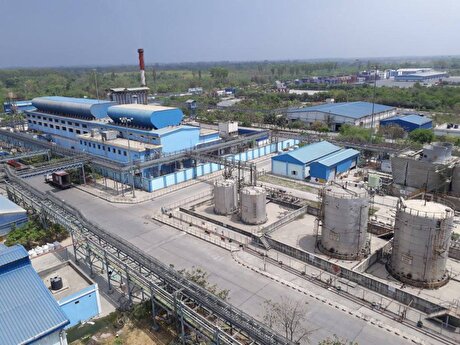
Hindustan Zinc to invest $438 million to build reprocessing plant
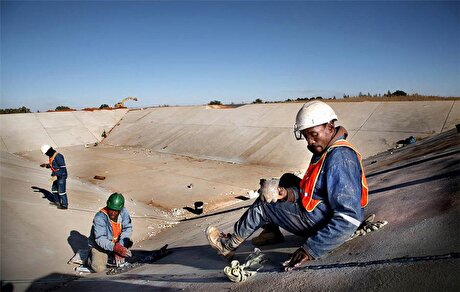
South Africa mining lobby gives draft law feedback with concerns

Wooden church sets off on slow Swedish road trip to escape mining subsidence
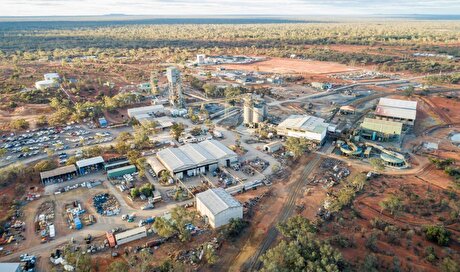
Harmony Gold’s MAC Copper takeover gets regulatory nod

Povrly Copper Industries orders a breakdown rolling mill for high-quality copper, brass, and bronze strip production

Advanced cold-rolled strip for China’s New Energy Vehicle market
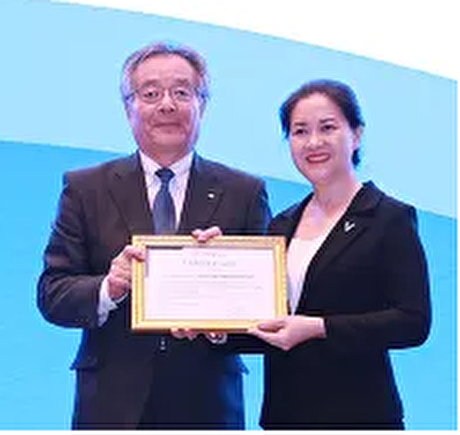
A Danieli greenfield project for competitive, quality rebar production

Antofagasta posts biggest profit margins since 2021

BHP shares near priciest valuation since 2021 on shift to miners

African Rainbow boosts Surge Copper stake to 19.9%

Hindustan Zinc to invest $438 million to build reprocessing plant

South Africa mining lobby gives draft law feedback with concerns

Wooden church sets off on slow Swedish road trip to escape mining subsidence

Harmony Gold’s MAC Copper takeover gets regulatory nod

Povrly Copper Industries orders a breakdown rolling mill for high-quality copper, brass, and bronze strip production

Advanced cold-rolled strip for China’s New Energy Vehicle market

A Danieli greenfield project for competitive, quality rebar production














